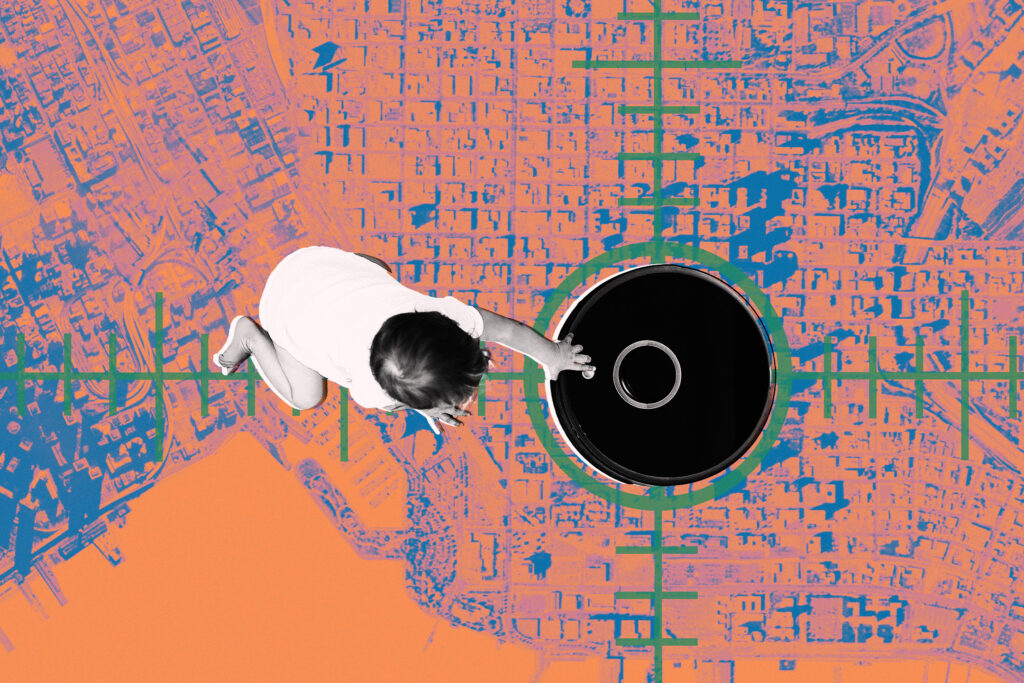
A blog post by computer programmer and electronics enthusiast Harishankar Narayanan has raised significant concerns about privacy in smart home devices. Narayanan discovered that his $300 iLife A11 smart vacuum was not only cleaning his home but also secretly transmitting a detailed map of it to the manufacturer’s servers. This revelation highlights the potential risks associated with the increasing prevalence of smart technology in everyday life.
After using the vacuum for nearly a year, Narayanan became curious about its data transmission practices. In a candid blog entry on Small World, he explained his decision to monitor the device’s network traffic. Within moments, he noted a “steady stream” of data being sent to servers located “halfway across the world,” indicating that the vacuum was consistently communicating with its manufacturer. He expressed his discomfort, stating, “My robot vacuum was constantly communicating with its manufacturer, transmitting logs and telemetry that I had never consented to share.”
Upon realizing the extent of the data collection, Narayanan attempted to stop the device from broadcasting unnecessary data while allowing essential functions, such as firmware updates, to continue. However, the vacuum soon failed to reboot, leading him to send it for repairs. Despite assurances from the service center that it was functioning correctly, the vacuum repeatedly malfunctioned after being returned.
After exhausting repair options, Narayanan took matters into his own hands. He disassembled the vacuum and began a process of reverse engineering, which included reprinting circuit boards and testing sensors. What he discovered was alarming: the vacuum used an open-source program called Google Cartographer, intended for creating 3D maps of environments, and was actively transmitting this information back to its parent company.
In addition to the mapping software, Narayanan found a troubling line of code sent from the manufacturer, timestamped at the moment the device stopped working. He concluded that a remote kill command had been issued, effectively disabling his vacuum. “They hadn’t merely incorporated a remote control feature. They had used it to permanently disable my device,” he noted.
This situation raises critical questions about consumer rights and privacy in the age of smart technology. Narayanan warned that similar systems might be operating in “dozens of smart vacuums.” He highlighted the broader implications for consumers, stating, “Our homes are filled with cameras, microphones, and mobile sensors connected to companies we barely know, all capable of being weaponized with a single line of code.”
Ultimately, Narayanan’s experience serves as a sobering reminder that the convenience of smart technology often comes with hidden costs. As consumers increasingly rely on such devices, understanding the implications for privacy and data security becomes paramount.







